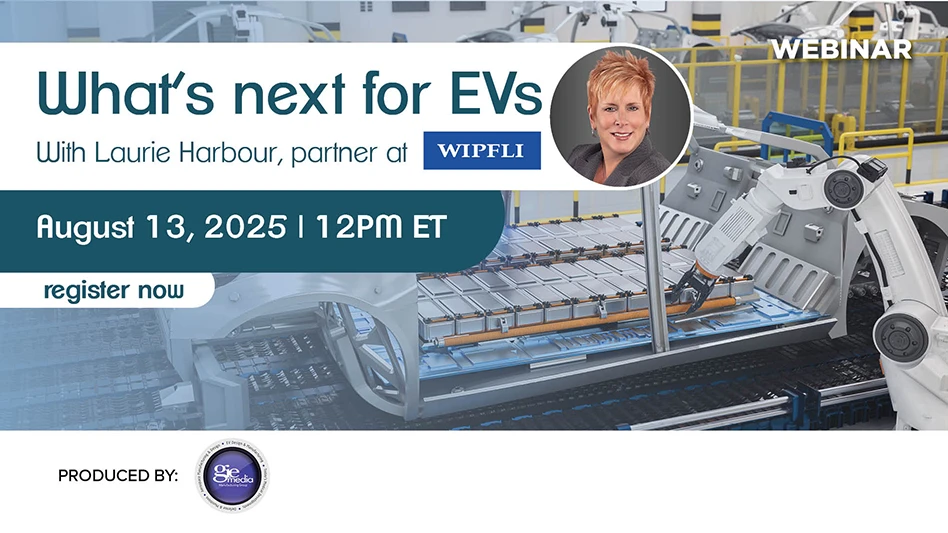
Everybody in the 3D printing industry knows that printing for medical and dental markets is a longstanding area of commercial application – in fact, use of printers in these industries is among the oldest known use cases for technologies like stereolithography and laser sintering. For two decades, there have been a relatively narrow set of high value applications commercialized across various areas of healthcare, but those have helped create the backbone of today’s 3D printing industry and have propelled a number of key industry stakeholders to their current prominent position in the industry; Materialise, 3D Systems, Stratasys, EnvisionTEC, and EOS all come to mind.
The combined medical and dental markets for 3D printing will be worth an estimated $3.0B by the end of this year (a large portion of this being associated with printing and engineering services across both dental laboratories and outsourced medical manufacturers). In the primary segments consisting of just printer sales, material sales, and related software solutions, the opportunity is estimated to be some $740M.
Healthcare 3D printing represents an attractive segment for both short- and long-term growth for a number of reasons. First, the breadth of applications across medical and dental segments are well served by today’s existing technologies, in some cases through the development of special medical materials. Printed components are sized relative to the human body, and thus can be manufactured by most systems, with a number of applications seeing print volumes globally of hundreds of thousands, to millions of components per year. Many applications are also highly valuable without the need for significant robust mechanical performance or resistant properties, including medical and dental models, surgical guides, custom instrumentation, and short to medium term prosthetics. Both low cost and professional 3D printers are often used today in both medical and dental markets, bringing a wide range of potentially disruptive cost benefits. Finally, healthcare applications are the continued subject of significant well-funded medical research.
Latest from Today's Medical Developments
- The need for speed in high-speed machining
- FUCHS Lubricants’ NYEMED 7312
- Localizing robotics: Yaskawa's commitment to American manufacturing
- OPEN MIND Technologies’ hyperMILL 2025 CAM software innovations, enhancements
- July Lunch + Learn with SW North America
- Stryker raises full-year guidance despite muted investor reaction
- Unlocking 3D vision: Basler AG launches Stereo ace camera series
- Lisa Anderson, supply chain & manufacturing expert, comments on the One Big Beautiful Act and its implications for US manufacturers






